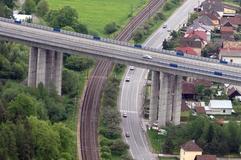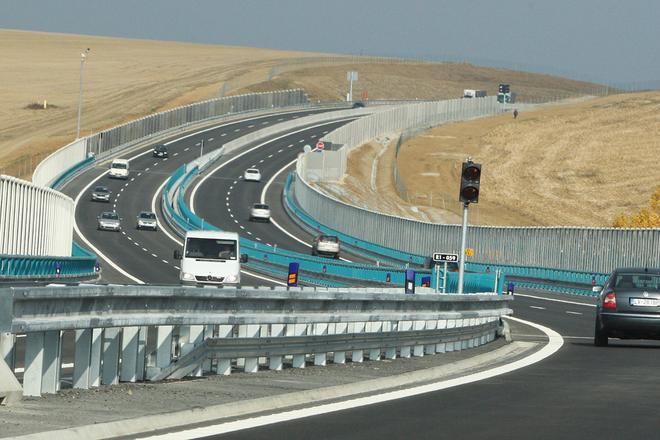The construction of highways and dual carriageways has contributed to the fall of unemployment in Slovak regions, concludes the latest case study by the Financial Policy Institute (IFP) think tank running under the auspices of the Finance Ministry. The study showed that the number of unemployed declined by about 5,000 after the almost 50-km stretch of the R1 dual carriageway was put into operation. It also made tourism more attractive in this area.
“This is the only case in Slovakia in recent history where a long continuous stretch of highway or dual carriageway [46 kilometres in November 2011] was put into operation, improving access for the larger region,” said the IFP, as cited by the TASR newswire.

The R1 dual carriageway connects to the D1 cross-country highway near Trnava and continues via Nitra, Zvolen and Banská Bystrica. Construction of the last 50 km stretch from Banská Bystrica to Ružomberok should be launched in 2019 and be completed in 2024. The stretch from Nitra to Banská Bystrica was built as a PPP project.
The case study supplements the results of the IFP’s commentary from the previous year, according to which the availability of a motorway or expressway is related to a decrease in the unemployment rate, namely by 0.9 to 1.6 percentage points.
The construction of the R1 stretch has reduced the unemployment rate in the surrounding districts by 1 to 3 percentage points. However, the level of impact also depends on the quality of the available human capital and the degree of urbanisation.
The decrease in unemployment was concentrated mainly in the districts of the Banská Bystrica region, to the south and east of the R1, which had a positive influence on the region as a whole. Other influences are visible in the Šala, Galanta and Hlohovec districts. They were also able to benefit from the R1’s completion, as there are large industrial parks there and the area has become a logistics junction.
The study further indicated that the launch of the R1 stretch also contributed to an increase in the attractiveness of tourism in the region. After completing and opening the R1, the number of overnight stays in the holiday season increased, especially in touristically attractive areas of the region, namely by 25 to 70 percent compared to the long-term average in the main holiday season.



 The R1 stretch from Nitra to Banská Bystrica (source: Sme)
The R1 stretch from Nitra to Banská Bystrica (source: Sme)